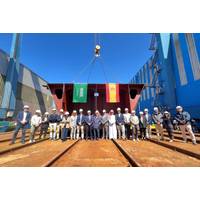
KAUST Research Vessel Keel Laid at Freire Shipyard
. Designed to operate for more than 30 years, its modular structure will allow the incorporation of various experimental laboratories, adapting to current and future marine technologies for the exploration of the Red Sea. This modularity will also facilitate the implementation of new eco-friendly propulsion technologies, reducing its carbon footprint over time.Thuwal II will be the most advanced regional-class research vessel in Saudi Arabia and will represent a significant advance in the scientific study of the Red Sea.
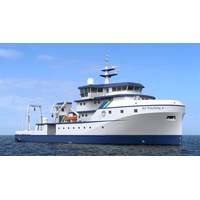
Freire Shipyards to Build KAUST's New Research Vessel
in length and 12.8 m in width with a draft of 3.6 m, has been designed for a 30-year lifespan; its modular design allows for multiple types of experimental laboratories to serve existing and future marine technology for Red Sea exploration. This modularity also allows for incorporating new green propulsion technologies to lower its carbon footprint over the years. In addition to its primary function as a research vessel, RV Thuwal II will also be able to support national responses to emergencies like oil spills and marine and aviation accidents in the Red Sea.From a scientific perspective, RV Thuwal II
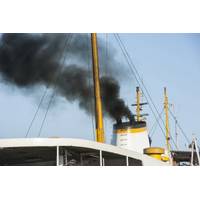
The Poseidon Principles: De-carbonizing Global Shipping
with broader climate goals.Søren Toft, chief operating officer of A.P. Møller-Mærsk, commented: “To deliver on ambitious climate targets, zero-emission vessels will need to enter the fleet by 2030. This leaves us only ten years to develop the new marine fuels, propulsion technologies and infrastructures that will be required. The Poseidon Principles will help us catalyze this transition.”Dr Tristan Smith, reader in energy and shipping at UCL’s Energy Institute and a member of the advisory council of the Global Maritime Forum, added: “The Poseidon Principles
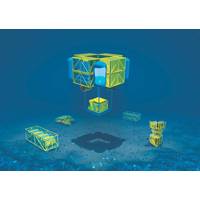
MUM's the Word: New UUV Takes Shape in Germany
A team of engineers within the company is dedicated to apply the cutting edge submarine technologies to the civil subsea industry. Within recent research projects, we for example developed a concept for electrical subsea power generation and storage based on non-nuclear air independent submarine propulsion technologies as well as a concept for a manned multipurpose submarine for arctic offshore operations,” Wehner said. “The latter project was conducted together with Statoil ASA and can be seen as the starting point to think about a new class of large unmanned underwater vehicles that now concluded
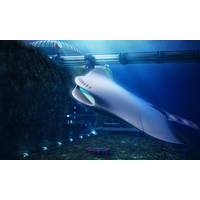
Royal Navy Unveils Fish-like Submarine Concepts
latest technological ideas to make them easier to construct, cheaper to run and more lethal in battle. The whale shark/manta ray-shaped mothership would be built from super-strong alloys and acrylics, with surfaces which can morph in shape. With hybrid algae-electric cruising power and propulsion technologies including tunnel drives which work similarly to a Dyson bladeless fan, the submarine could travel at speeds up to 150 knots. This mothership would also be capable of launching unmanned underwater vehicles shaped like eels, which carry pods packed with sensors for different missions
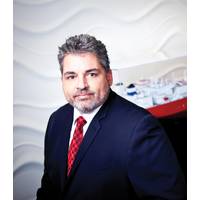
Excelerate Energy & the Year of LNG
do you see out there today? I think the worldwide tightness in the LNG supply market is certainly something that we have not seen in our 11 years. It makes for a sometimes interesting market dynamic. Add to that the entrance of the dual-fuel diesel engine propulsion technologies to the new builds, the wave of new builds with this technology that are entering the market. Everybody’s steam turbine ships (including ours) are disadvantaged a little bit on a fuel-consumption basis. Overall though, market dynamics are changing as they always do, and


 February 2025
February 2025





